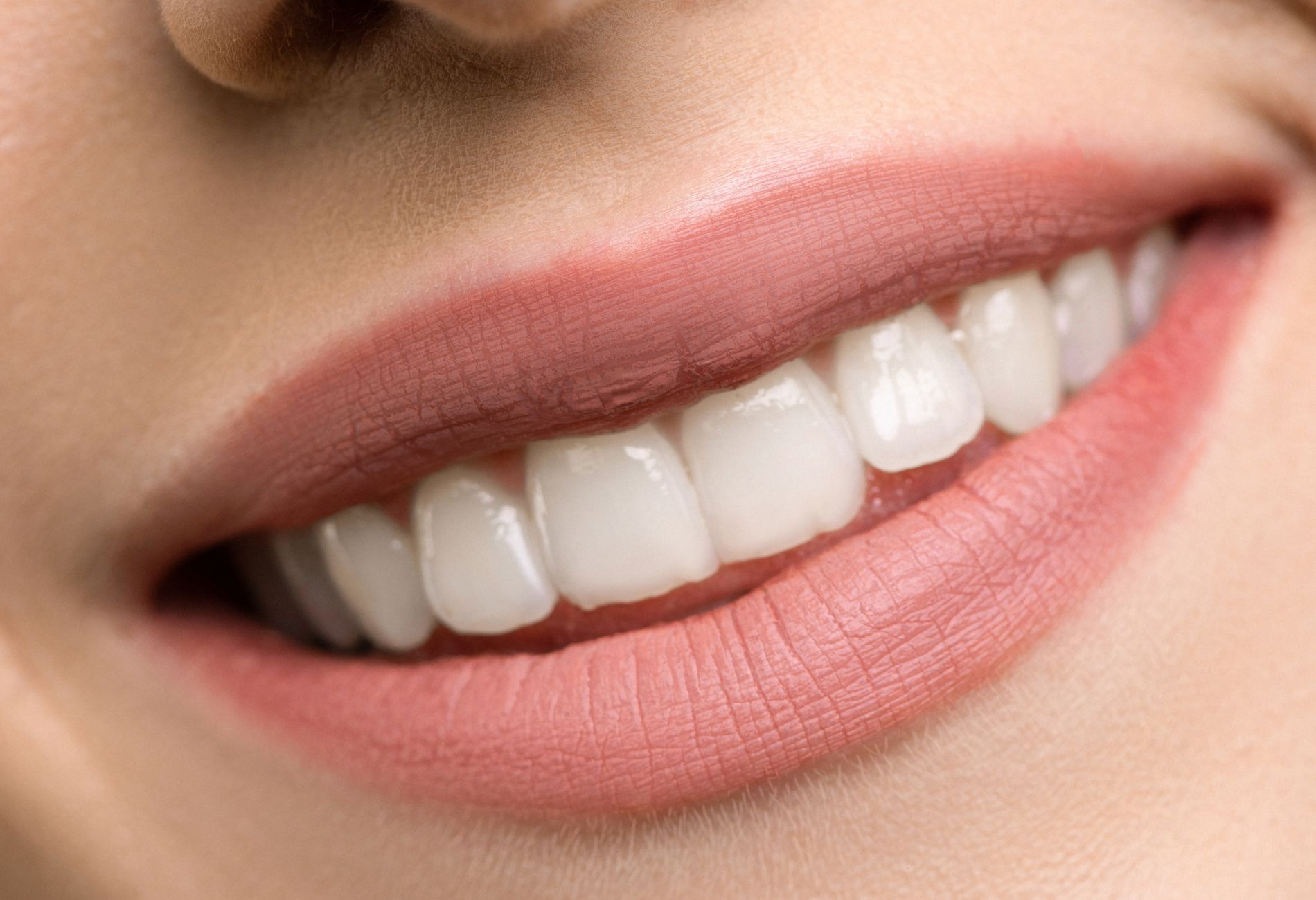Elevating Dental Tourism in Dubai: Explore the Premium Services of the German Dental...
Sleep Apnea in Children
What is Sleep Apnea?
Sleep apnea, a condition characterized by repeated interruptions in breathing during sleep, is a significant health concern that affects not only adults but also children. Its impact on children can be profound, influencing their physical health, cognitive development, and emotional well-being. Understanding the nuances of sleep apnea in children, recognizing its symptoms, and seeking appropriate treatment are critical steps for parents to ensure the health and development of their young ones.
Understanding Sleep Apnea in Children
Sleep apnea in children can manifest as obstructive sleep apnea (OSA), the most common form of breathing disorder is, where the airway is partially or completely blocked during sleep.
This blockage is often due to enlarged tonsils or adenoids. Another form, central sleep apnea (CSA), occurs less frequently and involves the brain failing to send the proper signals to muscles that control breathing. While the symptoms of OSA and CSA may overlap, the treatment and management strategies can differ significantly.
Symptoms of sleep apnea in children extend beyond the well-known snoring. They can include chronic mouth breathing, restless sleep, frequent awakenings, bedwetting beyond the expected age, daytime drowsiness, and behavioral issues such as irritability or hyperactivity. These signs can often be misinterpreted as behavioral disorders or simply poor sleep habits, underscoring the importance of careful evaluation and diagnosis by a healthcare professional specializing in pediatric sleep disorders.
The Consequences of Untreated Sleep Apnea
The implications of untreated sleep apnea in children are far-reaching. Cognitive effects include difficulties with attention, memory, and learning, potentially leading to academic challenges. Behaviorally, children may exhibit:
- Irritability
- Mood swings
- Aggression
- Hyperactivity
- Special attention needs
- Learning problems
Often complicating diagnosis as these symptoms can mimic those of ADHD. Physically, sleep apnea can lead to cardiovascular issues, such as hypertension, and impact growth due to disrupted hormone regulation during sleep. The psychological ramifications, including anxiety and depression, further highlight the critical need for early intervention.
Diagnosing Sleep Apnea in Children
Diagnosing sleep apnea involves a comprehensive assessment at home in their own bed or conducted in a hospital sleep lab. This non-invasive test monitors various physiological parameters while the child sleeps, providing invaluable data for diagnosis. A detailed medical history and physical examination focusing on risk factors and symptoms associated with sleep apnea also play essential roles in the diagnostic process.
Treatment and Management Strategies
Treatment for pediatric sleep apnea is multifaceted, aiming not only to alleviate immediate symptoms but also to address long-term health implications. Lifestyle changes such as weight management, allergy control, and establishing a consistent sleep routine may be effective. When lifestyle adjustments prove insufficient, medical interventions become necessary.
Surgical options, such as tonsillectomy or adenoidectomy, offer a potential cure for sleep apnea caused by enlarged tonsils or adenoids. These procedures have shown to improve or resolve sleep apnea symptoms in a significant number of cases, for children with facial structural abnormalities contributing to sleep apnea.
Weight loss if your child is overweight, losing weight may eases symptoms. Rapid maxillary expansion, the oral device, widens the palate and the nasal passages. This is a device put in place by your dentist or orthodontist. Staying away from secondhand smoke, indoor pollutants and allergens. This is important for children, who have nasal congestion.
Continuous positive airway pressure (CPAP). While sleeping, your child wears a special mask that deliver a steady stream of air to keep his or her airway open. Some children may have trouble getting used to the mask.
Beyond medical interventions, behavioral strategies play a crucial role in managing sleep apnea. Encouraging healthy sleep hygiene, such as maintaining a cool, dark, and quiet sleeping environment, and limiting screen time before bed, can improve sleep quality. Regular physical activity and a healthy diet not only support weight management but also promote better sleep.
The Importance of a Collaborative Approach
Effectively managing sleep apnea in children requires a collaborative approach that involves healthcare providers and parents. Educating all parties about the condition and its potential impact on behavior, learning, and health is essential. Regular follow-up appointments are critical to monitor the child’s progress, evaluate the effectiveness of treatment, and make adjustments as needed.
Conclusion
Sleep apnea in children is a condition that demands attention and action. Its impacts on a child’s health, cognitive development, and emotional well-being make it imperative for parents and healthcare professionals to work together in identifying and treating this sleep disorder.
With appropriate diagnosis, treatment, and management, children with sleep apnea can lead healthier, more productive lives, free from the burden of disrupted sleep and its cascading effects. Awareness and proactive intervention can pave the way for improved outcomes, highlighting the importance of sleep in the overall health and development of children.
Your Neuromuscular Dentist
Dr. Jocelyne Charest, our General & Neuromuscular Dentist, was born and raised in Montreal, Canada. Since 1996, Dr. Charest has worked in public hospitals and in private clinics in Canada and the Middle East. She has been working in Dubai since 2007. In 2008, Dr. Charest started her training in Neuromuscular Dentistry in USA and she is the first USA-Certified Neuromuscular Dentist in Dubai.
Neuromuscular Dentistry is a functional and holistic dentistry aimed at helping people with TMJ (jaw) problems and sleep breathing disorder such as Snoring and Sleep Apnea. Dr. Charest has more than 15 years experience successfully treating patients with TMJ pain, Snoring, Sleep Apnea and Full Mouth Rehabilitation with TMJ and bite issues.
Dr. Charest takes pride in her work and finds dentistry to be a wonderfully fulfilling career. She speaks fluently both English and French.
Related Posts
German Dental and Neuromuscular Clinic: Tips for Maintaining Oral Health in Dubais Busy...
Dental Aesthetics: Enhancing Your Smile at the German Dental Clinic in Dubai Dental...
Unlocking the Secrets of Radiant Smiles in Dubai’s Bustling Lifestyle Balancing the hustle...
Why Having A Family Dentist For All Is A Sound Idea? People who...
Troubled From Tooth Sensitivity? Time To See Your Dentist Dental problems are one...
Temporomandibular Disorder (TMD) Overview of the Symptoms and How it can be Treated...
The difference between a Chiropractor and an Osteopath is important to know so...
Back pain: causes, symptoms, treatment. Easy understanding of back pain and what you...
What should you do when you have a dental emergency? In life, there...










